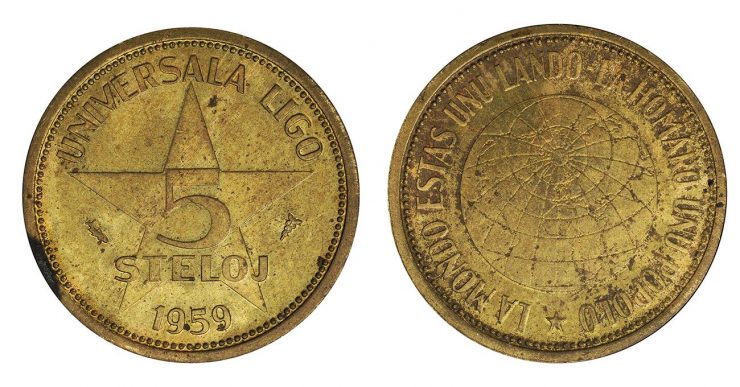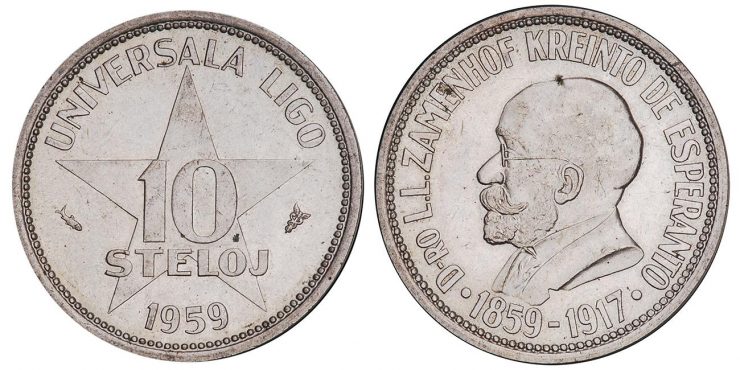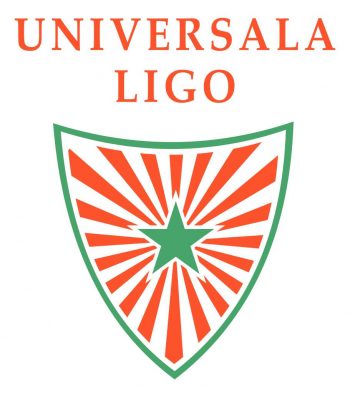It should be no surprise to anybody that the people who promoted a universal language are the same people who attempted to create a universal currency. In the 1870s and ’80s, Dr. Ludovic Lazarus Zamenhof, an ophthalmologist from Bialystok, Poland, developed Esperanto, a language described as an “international auxiliary language” that would bridge cultures. Bialystok was an ethnically divided part of imperialist Russia, and Dr. Zamenhof grew up feeling that the enmity and conflict in his community were rooted in the differing languages of the various cultures there.
Esperanto very quickly developed a serious following. A textbook of Esperanto grammar appeared in 1887, and the first congress of Esperanto speakers was held in France in 1905. But after the First World War, Esperanto was viewed with suspicion by most of Europe’s burgeoning totalitarian regimes. Esperantists were often persecuted, expelled or even executed, but they still met in secret.
Esperanto is recognized in Google Translate: copy and paste the coin’s legend, LA MONDO ESTAS UNU LANDO – LA HOMARO UNU POPOLO, into it for the English translation. Universala Ligo, 5 steloj, coin, 1959 NCC 2007.043.001
Not until after the Second World War was an Esperanto movement openly revived, with the creation of a Dutch organization called the Universala Ligo (Universal League). The League’s mission was to unite mankind through the use of a common language. During the first international assembly of the Ligo in 1946, a decision was made to introduce a common world currency with an internationally stable value. The League’s hope was to achieve peace through international economics—that global conflicts caused by international economic pressures could be resolved by using this revolutionary currency. This noble task would fall upon the “stelo” (Esperanto for “star”) and its value was determined as 1 stelo = 1 standard loaf of bread, which at the time cost 0.25 Dutch guilders.
On the obverse (front face of the coin) is the founder of Esperanto, Dr. Ludovic Zamenhof. 10 steloj, Universala Ligo, Netherlands, 1959 NCC 2007.043.002
The Universal League emerged from a secret association of Esperanto speakers who met in the Netherlands during the Nazi occupation.
The first coins were minted in 1960. Through 1965, successive issues produced 1, 5, 10 and 25 steloj denominations. They actually circulated—but not with the support of any government. Steloj functioned for over 30 years as token coinage used to purchase books and other items within the Netherlands’ chapter of the Ligo. In 1974 the stelo was revalued at 0.50 Dutch guilders. With the hope of cushioning it from inflation, the stelo was later pegged to the consumer price index, a tool for measuring inflation based on the prices of basic consumer goods. But fierce internal disputes over how it should be valued brought about the demise of the currency. The Universala Ligo disbanded in 1993 and, in the late 1990s, the deaths of its greatest advocates ended any major Esperanto initiatives.
The Museum Blog
My Canadian Tire “money” rewards card
By: David Bergeron
Repairing Steel Dies
Print dies and an engraver’s view of Canada
By: Paul S. Berry
A bank NOTE-able Woman II
By: Graham Iddon
A U.S. half dollar counterstamped by Montréal merchant, L.C.Barbeau
By: Paul S. Berry
A bankNOTEable Woman
By: Graham Iddon
Museum Reconstruction - Part 4
By: Graham Iddon
Decoding E-Money II
By: Graham Iddon
Like finding buried treasure!
By: David Bergeron









